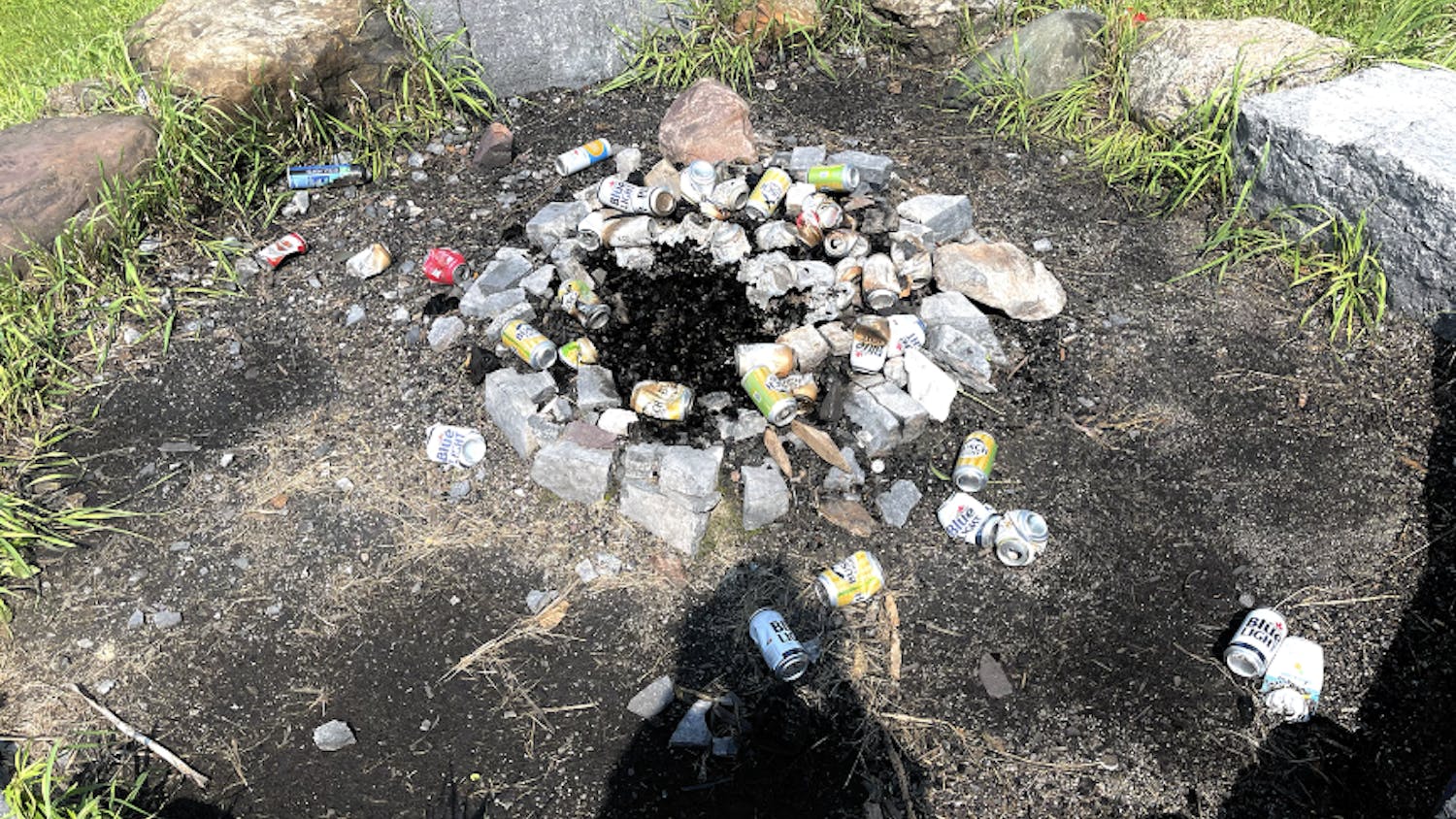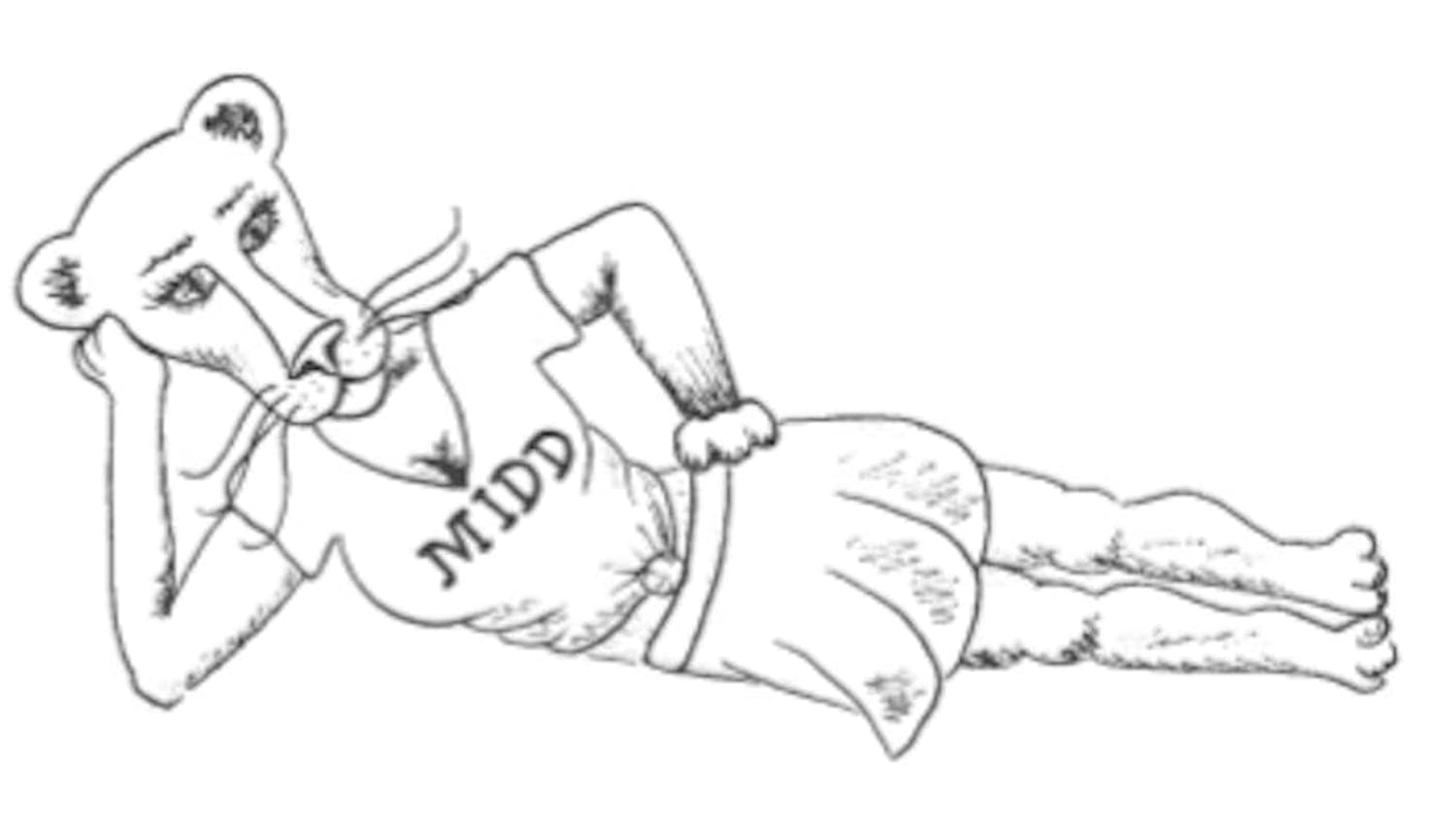Imagine Ben. He’s outgoing, incredibly kind and extremely bright. When he was 16, he witnessed global poverty for the first time while traveling abroad. It was an experience that changed his life. While in college, he did community service every week as he pursued a dual degree in economics (which he hated) and theater (which he loved). After college, he spent a few months working as a consultant, but itched to make a difference in the world. He quit his job and founded a charity in Botswana, which he selected for its high HIV rate, that tapped into his passion for theater as a way to educate children about HIV/AIDs through afterschool programs. He raised just enough to cover administrative and fundraising costs as well as teachers’ salaries and material expenses: an average of $150,000 annually. Over his 20 years at the organization, the program spread throughout the region and national statistics demonstrated declining HIV transmission rates, something he was quite proud of. When he was 45, he nobly retired from working abroad. He moved to his hometown, got married, had three kids and became a local private school theater teacher. He felt deeply enriched by his experience working abroad, and remembered the names of the children he worked with until he died.
Imagine Margaret. She spent her career working at an investment bank before bouncing between private equity firms and ultimately retiring at age 52. She spent her career thinking about sterile finance-speak like “return on investment.” Margaret had an average salary of $400,000 over the course of her career and cashed in stock options for an additional $2.5 million. She and her husband, Steven, ate dinner out regularly, bought a nice house downtown and vacationed frequently at nice hotels, but never had kids. Margaret donated 20% of the income she earned every year to charity (including the stock). She hired a consultant to research which interventions had the best empiric proof of saving lives, concluding that the best thing to do was buy and distribute malaria nets in Africa. She never met a single person who benefitted from her donations; in fact, occasionally she would forget which country in Africa her donations went to.
Ben’s story is inspiringly selfless. Margaret’s feels colder, more calculating and more selfish. The truth, however, is that Margaret’s life had a far greater impact on the world than Ben. She was an “effective altruist.”
I submit to you, reader, that you need to seriously re-evaluate your life and start making decisions more like Margaret than Ben.
Ben’s story is great, but he erred in three ways: First, he applied his passion (theater) to somebody else’s problem (AIDS), instead of looking for the most cost-efficient way to prevent AIDS transmission. Secondly, he didn’t research what was the best cause he could be involved in, as he could have saved more lives with a malaria organization. Finally, he was not objective in where to intervene, as Botswana, despite its high rate of HIV (23.4% among adults), actually has the highest basic HIV awareness and condom use in Sub-Saharan Africa. The hypothetical national decrease in AIDS almost certainly would have had nothing to do with his regional program.
Margaret, on the other hand, was able to target all her donations to the most cost-effective intervention in the world. That made all the difference.
By my calculations that draw on figures and estimates from the UN, academic research and randomized controlled trial findings, Ben’s entire organization saved a heroic 96 hypothetical lives over 20 years. Ben truly changed the world for the better. However, in contrast, Margaret’s donations - $2.9 million over her lifetime - allowed a hypothetical organization to save an astronomical 1,416 lives. Margaret saved almost 15 times as many hypothetical lives as Ben’s entire organization.
Bear in mind that I do not claim these estimates to be accurate, as uncertainty is very much a part of charity, but they are the most accurate based in real world estimates I could find. “Lives” is also an imprecise poor measurement of impact However, this hypothetical aims to demonstrate three points. Firstly, not all charity is morally equivalent. Secondly, good intentions often have little to do with real world impact. Finally, even a single person can make a difference by themselves.
This column is about how each of us can reorient our lives to maximize our impacts, because the 1,416th life Margaret saved matters just as much to that person as yours does to you. Rather than evaluate a charity by the vividness of warm glow it offers, or even the story it tells, this is a call to arms to apply your liberal arts education and critically investigate the evidence of its cost-effectiveness. And give generously. It will make all the difference in the world.
“This isn’t about your feelings. A human life, with all its joys and all its pains, adding up over the course of decades, is worth far more than your brain’s feelings of comfort or discomfort with a plan. Does computing the expected utility feel too cold-blooded for your taste? Well, that feeling isn’t even a feather in the scales, when a life is at stake. Just shut up and multiply” - Eliezer Yudkowsky, co-founder of Lesswrong.com and of the Machine Intelligence Research Institute.
Sources and calculations are available upon request from hcavanagh@middlebury.edu. Feedback is more than welcome.
Ben and Margaret
Comments



